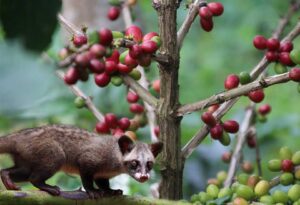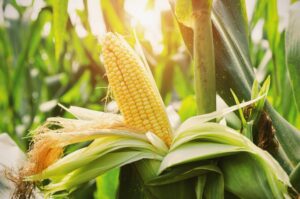
The Ultimate Guide to Oolong Tea: Benefits, Types, and How to Brew
Oolong tea is a celebrated traditional Chinese tea that masterfully bridges the gap between green tea and black tea. Unlike its counterparts, Oolong undergoes partial oxidation, a carefully controlled process that defines its rich complexity, giving it flavor notes that range from fresh and floral to robust and smoky.
Cultivated from the leaves of the Camellia sinensis plant, Oolong is not just a beverage; it’s an experience. Its name, which translates to “Black Dragon,” hints at the unique, curled appearance of its dried leaves.
The Remarkable Health Benefits of Oolong Tea
Regularly incorporating Oolong tea into your diet can offer compelling health advantages, primarily due to its potent concentration of antioxidants and the amino acid L-theanine.
- Supports Healthy Weight Management: Oolong is often credited for its role in boosting metabolism and activating enzymes that increase fat burning (lipolysis). It is a popular, natural addition to weight loss routines.
- Boosts Focus and Cognitive Function: Containing a moderate amount of caffeine combined with L-theanine, Oolong provides a sustained lift in energy, alertness, and attention, all while promoting a state of calm focus minus the common coffee jitters.
- Promotes Heart Health: Rich in polyphenols, studies suggest that Oolong can help lower LDL (“bad”) cholesterol levels and improve overall blood pressure, contributing to a healthier cardiovascular system.
- Strengthens Bones and Teeth: The tea leaves naturally contain fluoride and various minerals which may help increase bone mineral density and provide protection against tooth decay.
- Aids Digestive Wellness: Oolong is known to be gentle on the stomach and can help reduce inflammation in the digestive tract, making it an excellent post-meal beverage to aid digestion.

Exploring the Main Types of Oolong Tea
The defining factor of any Oolong is its oxidation level, which dictates its color, aroma, and flavor profile. Oolongs are typically classified by their origin, with the two main categories being Chinese and Taiwanese.
| Oolong Variety | Origin | Oxidation Level | Flavor Profile |
| Ti Kuan Yin (Iron Goddess of Mercy) | Fujian, China | Low/Medium | Floral, buttery, fresh, and often highly aromatic. |
| Da Hong Pao (Big Red Robe) | Wuyi Mountains, China | High | Dark, mineral-rich, with notes of roast, wood, and stone fruit. |
| Bao Zhong (Pouchong) | Taiwan (Wenshan) | Very Low | The lightest Oolong; fresh, delicate, sweet, and highly fragrant. |
| Dong Ding (Frozen Peak) | Taiwan | Medium/High | Smooth, roasted, with hints of honey and a rich, thick texture. |
Your Guide to Brewing the Perfect Oolong Tea
To unlock the full, complex aroma and flavor of Oolong tea, the correct brewing method is crucial. The key is to avoid using boiling water, which can scald the delicate leaves.
- Water Temperature: Use water heated between 185∘F to 205∘F (85∘C to 96∘C). Tip: Use lower temperatures for greener Oolongs and higher temperatures for darker, roasted varieties.
- Tea-to-Water Ratio: Use approximately 1 teaspoon of tea leaves per 8 ounces of water.
- Steeping Time (Western Method): Steep for 2 to 5 minutes. Taste after 3 minutes and adjust according to your preference.
- The Beauty of Re-steeping: High-quality Oolongs are famous for their ability to be re-steeped multiple times (3 to 7 infusions). For each re-steep, increase the steeping time slightly to allow the flavors to fully evolve.
Embrace the Complexity of Oolong
From its unique processing to its impressive array of health benefits and vast flavor range, Oolong tea truly offers something for every tea drinker. Whether you are a beginner exploring the world of tea or a seasoned connoisseur, Oolong promises a deep, rewarding, and exceptionally healthy drinking experience.





